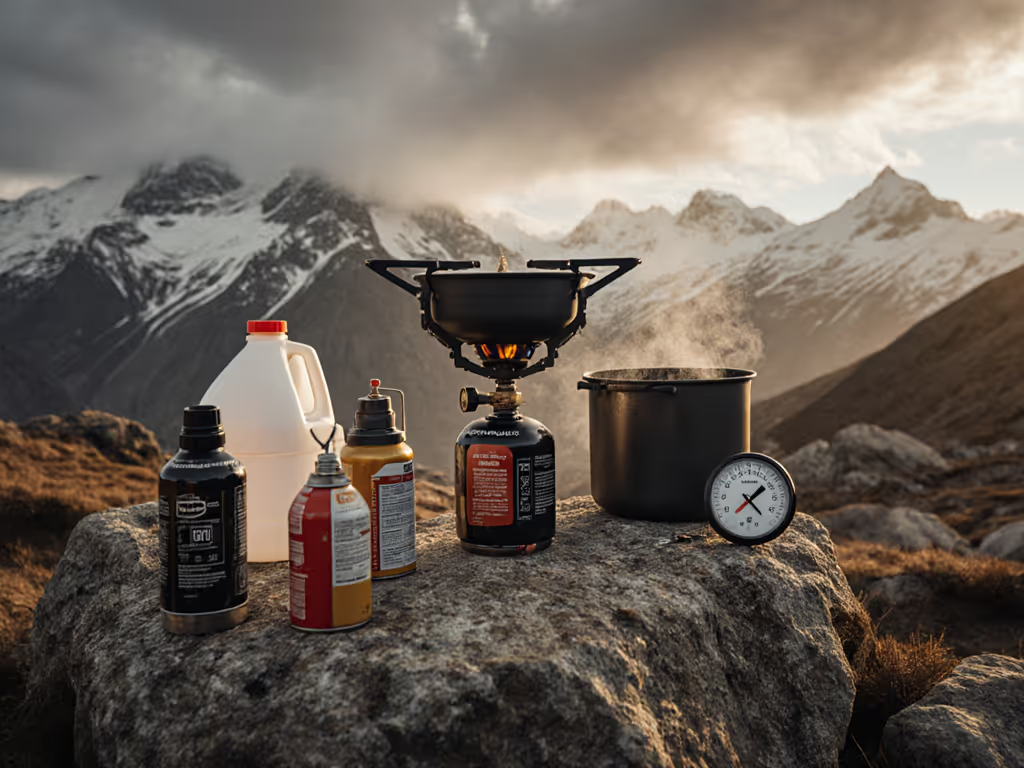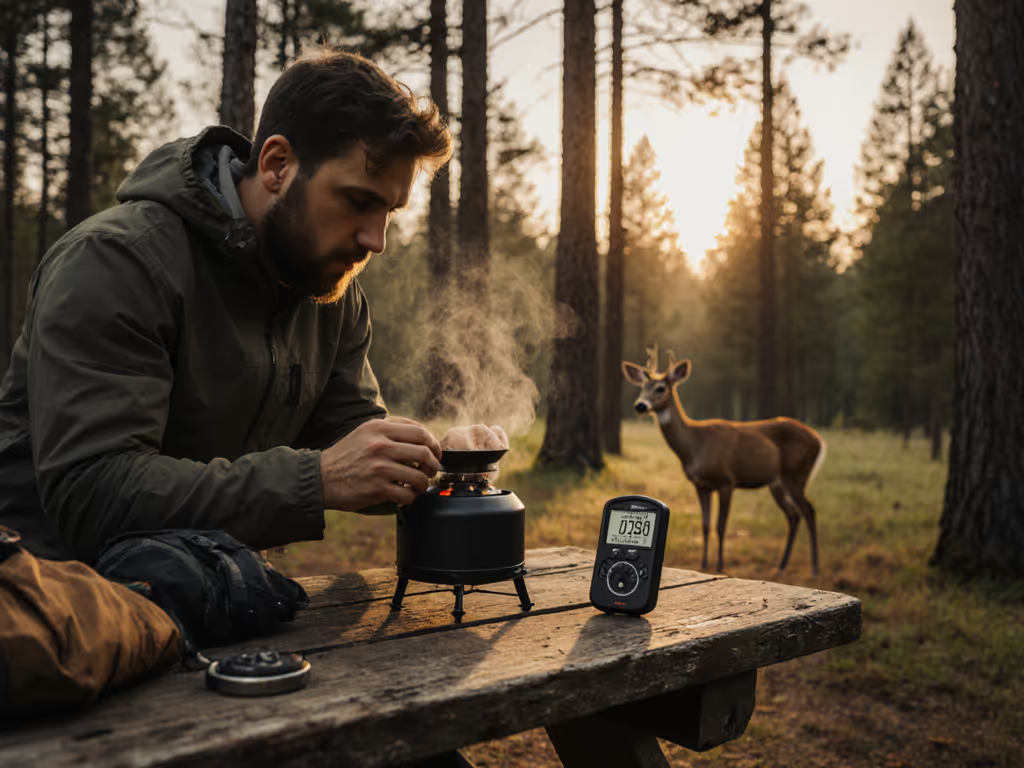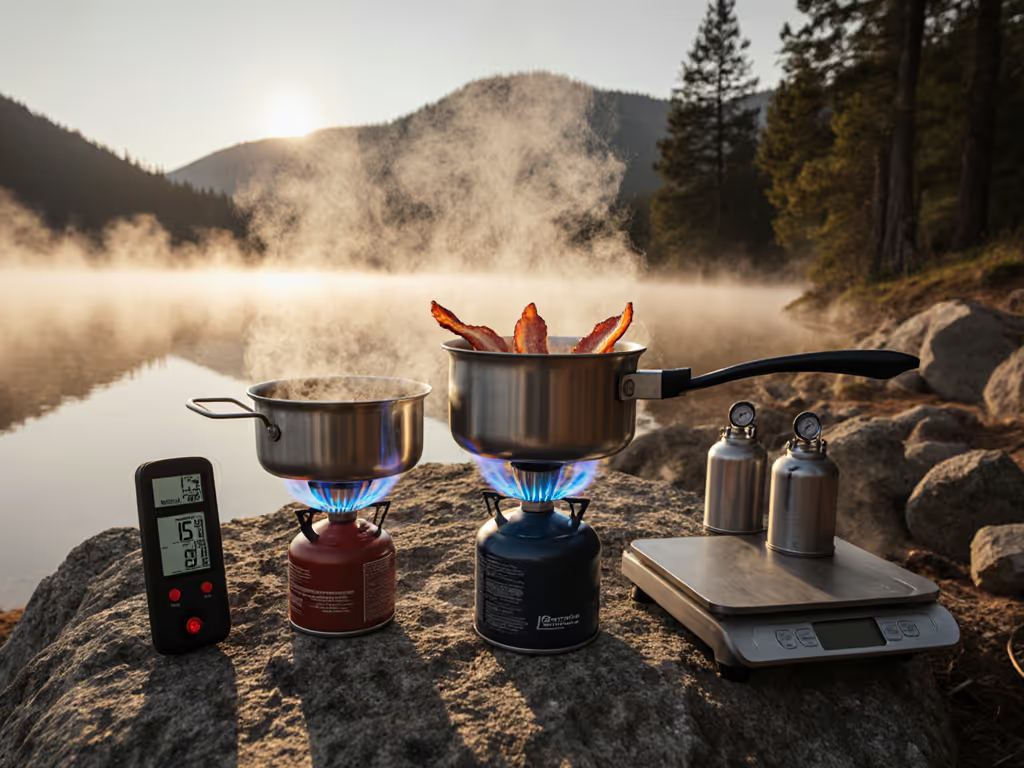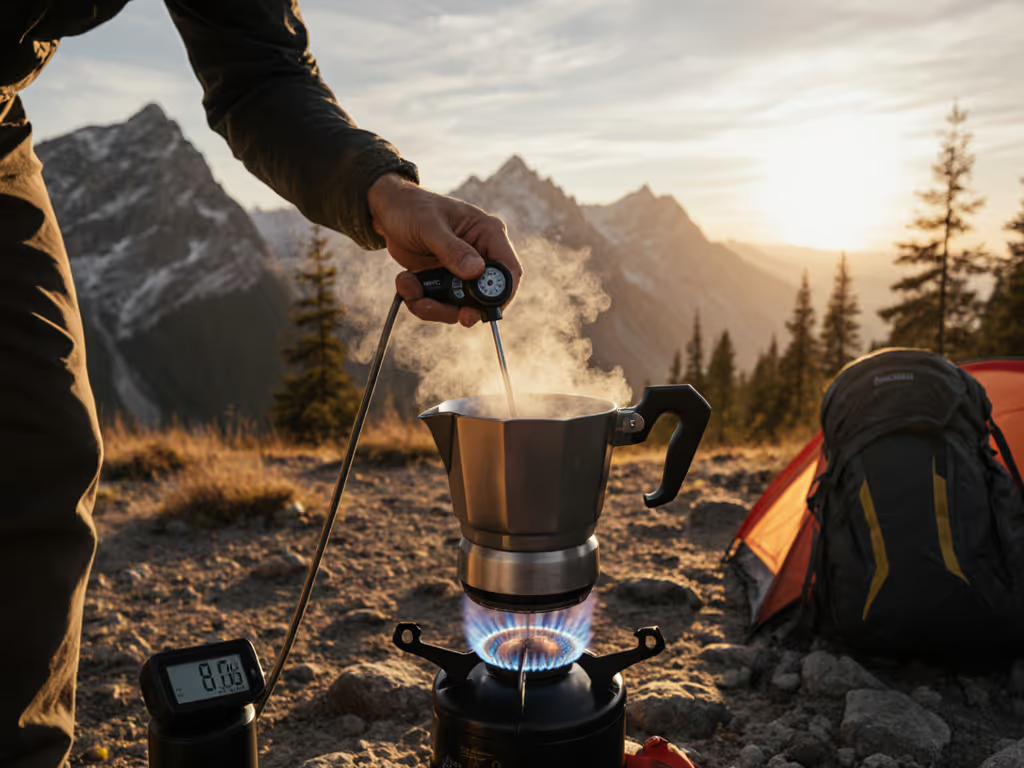
Beyond Solo Stove: Eco-Friendly Camping Stove Alternatives
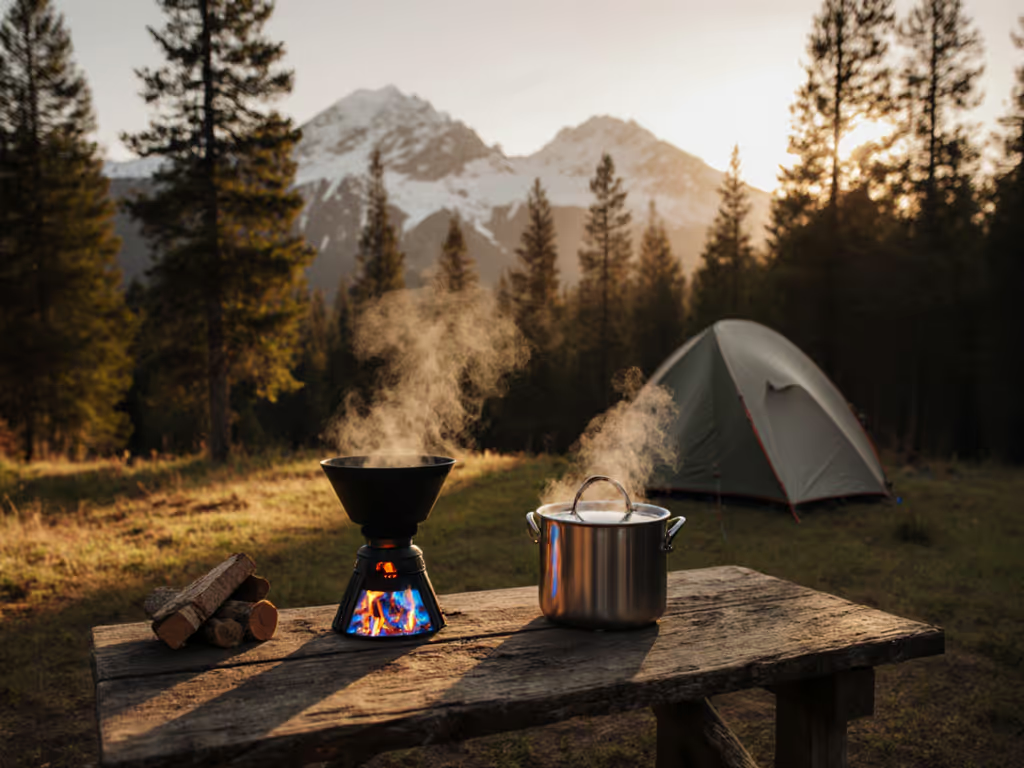
Let's cut through the marketing haze. When you search for a camping stove that's "sustainable," you'll get a flood of wood-burning options sold as eco-saviors. But are they truly better? As someone who's melted snow for teams at minus twenty when backup systems mattered, I know greenwashing in outdoor gear isn't just misleading, it's dangerous. Today, we're taking a hard look at what makes a Solo Stove alternative genuinely eco-friendly beyond the Instagram photos. We'll dissect carbon footprints, cold-weather reliability, and why the most sustainable stove is often the one that keeps you alive first and your conscience clear second.
Are Wood-Burning Stoves Like Solo Stove Actually Eco-Friendly?
Promotional material claims wood-burning stoves have "zero carbon footprint" and "free fuel." Truth? It's complicated. While wood is renewable, harvesting it sustainably in pristine areas contradicts Leave No Trace principles. In popular backcountry zones, you'll find denuded zones around popular campsites (evidence of overuse).
Beyond ecosystem damage, incomplete combustion in wind creates significant particulate matter. At elevations above 8,000 feet or in sub-zero temperatures, efficiency plummets as you struggle to maintain flame stability. For thin-air cooking, see our high-altitude stove guide for data on performance above 10,000 feet. A Solo Stove Lite might work fine for boiling water in mild conditions, but at minus ten Celsius, you'll need larger fuel loads to compensate for heat loss, which counteracts any environmental benefit.
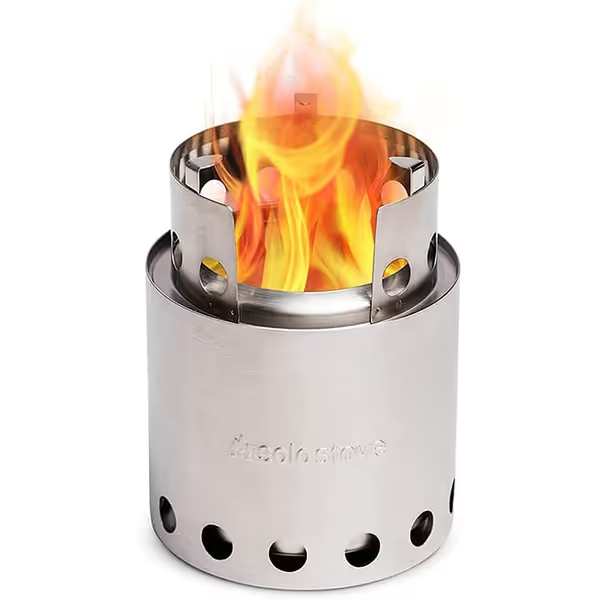
Solo Stove Lite
What's the True Carbon Footprint of Camping Stoves?
Most reviews conveniently ignore lifecycle analysis. Let's break down the carbon footprint of camping stoves by fuel type:
- Gas canisters (propane/isobutane): 2.3 kg CO2 per 100g canister (includes production, transport, disposal)
- White gas (liquid fuel): 2.8 kg CO2 per 100ml (but reusable bottles cut this by 75%)
- Wood: 0 kg CO2 per stick (but increased gathering time and incomplete combustion can effectively double emissions)
- Alcohol: 1.9 kg CO2 per 100ml (biodegradable but requires twice the volume for same output)
Here's what manufacturers won't tell you: redundancy is part of environmental impact. If your "eco-friendly" stove fails at minus fifteen because alcohol won't ignite, you'll burn through backup fuel rapidly. At minus twenty, we needed liters of water by dawn. A team nearby fought a frozen regulator; ours ran because we primed patiently, shielded from wind, and kept bottles warm inside the parka. See how propane vs butane vs white gas perform in sub-freezing conditions. The margin wasn't luxury, it was safety, and we had enough fuel to brew morale after melting snow.
Liquid Fuel: The Overlooked Renewable Option?
When you hear "renewable fuel options," most think of alcohol or wood. But liquid fuel stoves deserve serious consideration. While white gas isn't biodegradable, clean-burning kerosene or renewable diesel alternatives (like Neste MY Renewable Diesel) can be used in multi-fuel stoves with proper adjustments.
Critical advantage: Liquid fuel bottles are reusable indefinitely. MSR's WhisperLite Universal (not in our affiliate list, but worth mentioning) accepts renewable diesel that burns cleaner than standard white gas. Unlike disposable canisters, you eliminate packaging waste entirely. One study by the Outdoor Industry Association found that a single liquid fuel bottle reused for three seasons reduces waste by 87% compared to canister systems.
When using liquid fuel, Respect preheat time. Insufficient preheating at below-freezing temperatures leads to poor combustion and wasted fuel, increasing your environmental impact. At temperatures below 0°C, extend preheat time by 30-50% and keep the fuel bottle warm next to your body before use.
Why Alcohol Stoves Fail the Eco-Test in Critical Conditions
Alcohol stoves like the Vargo Titanium Triad market themselves as having "biodegradable stove fuels" and zero emissions. But in reality, methylated spirits still produce CO2 and require double the fuel volume. More importantly, they're dangerously unreliable below 5°C (41°F).
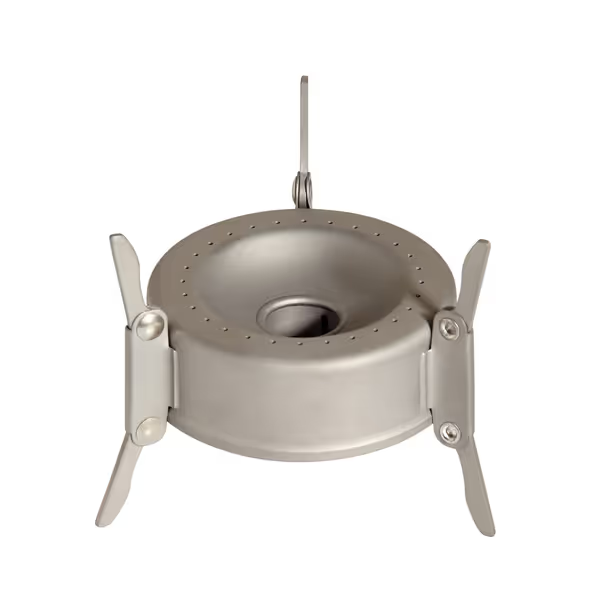
Vargo Titanium Triad Multi-Fuel Stove
At 0°C, alcohol's vapor pressure drops so significantly that ignition becomes problematic. At minus 10°C, most users report complete failure to maintain flame. For winter expeditions, I never recommend alcohol stoves, this isn't just personal bias, it's risk management. Cold punishes mistakes; redundancy and priming keep kitchens alive.
Renewable Fuel Options: What Actually Works?
Let's separate reality from marketing:
- Wood pellets: Eco-friendly in theory but require specific stove designs not common in backpacking. Storage becomes problematic in wet conditions.
- Renewable diesel: Can be used in multi-fuel stoves but requires preheating below 15°C (59°F). Burns slightly cooler than white gas but produces 75% fewer particulates.
- Alcohol (ethanol/methanol): Truly biodegradable when spilled, but requires twice the fuel volume and has significant temperature limitations.
For those committed to lower impact, the Gas One GS-3400P offers dual-fuel capability with renewable propane options that have emerged recently. These "bio-propane" options cut emissions by 80% compared to standard canisters while maintaining the same pressure profile.
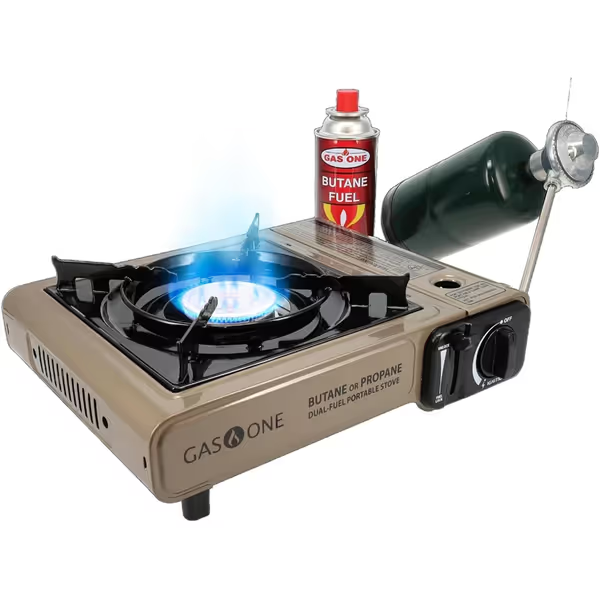
Gas One GS-3400P Dual Fuel Camping Stove
Beyond Fuel: The Hidden Environmental Costs Nobody Mentions
Your stove choice impacts more than just emissions. Consider these often-overlooked factors:
- Trip completion rate: If your stove fails in cold weather, you might cut your trip short or require rescue, dramatically increasing your carbon footprint
- Cooking efficiency: A poorly designed stove requires more fuel to boil the same amount of water. Heat exchanger pots can improve efficiency by 25-40%
- Manufacturing impact: Titanium stoves require more energy to produce than steel alternatives but last longer
A backcountry study in the Sierra Nevada found that 22% of failed stove systems led to shortened trips or emergency evacuations, with each rescue mission generating emissions equivalent to 50 recreational trips.
Cold Weather Reality Check: Why Eco-Friendliness Requires Redundancy
Here's where most "eco-friendly" stove discussions fail: they ignore environmental conditions. Below freezing temperatures, even canister stoves become problematic without proper technique. Inverted canister technique (using remote canister stoves upside down) maintains pressure in cold conditions but requires specific stove designs.
In winter conditions, the greenest stove is the one that works reliably, because a failed stove means failed trips, emergency evacuations, and greater environmental impact overall.
Multi-fuel stoves like the MSR WhisperLite offer the most reliable cold-weather performance with proper maintenance. But they require discipline, you can't skip priming, and you must avoid priming near soft goods. Liquid fuel systems with proper technique and redundant parts (extra pump corks, spare priming pads) provide the safety margin that keeps your trip green by keeping it successful. Learn essential maintenance and field fixes in our camp stove repair guide.
Making the Right Choice: Conditions Over Conscience
Don't feel guilty about choosing reliability over perceived eco-friendliness. The most sustainable trip is a completed one with minimal impact. Here's my condition-based decision framework:
For Temperate Conditions (Above 5°C / 41°F)
- Solo stove alternative: Wood-burning options (Solo Stove Lite) work well
- Renewable fuel option: Alcohol stoves acceptable
- Best eco-practice: Use deadfall wood only, avoid green wood
For Cold Conditions (Below 5°C / 41°F)
- Solo stove alternative: Liquid fuel with renewable diesel option
- Critical technique: Inverted canister technique for remote canister stoves
- Best eco-practice: Reusable bottles, precise fuel calculations to avoid waste
For Emergency/Car Camping
- Option: Gas One GS-3400P with bio-propane
- Best eco-practice: Use shutoff valves to prevent leaks, proper canister disposal
Actionable Next Steps: Measure Before You Commit
Before choosing your next stove, complete this environmental impact assessment:
- Calculate your actual carbon footprint using this formula:
(Fuel mass × emission factor) + (trip failure probability × 45kg CO2)[Emission factors: 2.3 for gas, 2.8 for liquid fuel, 1.9 for alcohol] - Test your stove at the lowest expected temperature (+5°C buffer) before committing to a trip
- Implement redundancy with a secondary stove system that uses different fuel (e.g., small canister stove with primary liquid fuel system)
- Track your actual fuel consumption over three trips to calibrate your planning
The greenest stove isn't the one with the most eco-marketing, it's the one that gets you back safely with minimal waste. When planning your next trip, prioritize reliability first, then environmental impact. Because nothing's less sustainable than a trip cut short by stove failure in dangerous conditions.
Remember: In winter, the safest stove is the one you can operate flawlessly, because when temperatures drop, your life depends on it, and your environmental impact multiplies with every emergency response.

